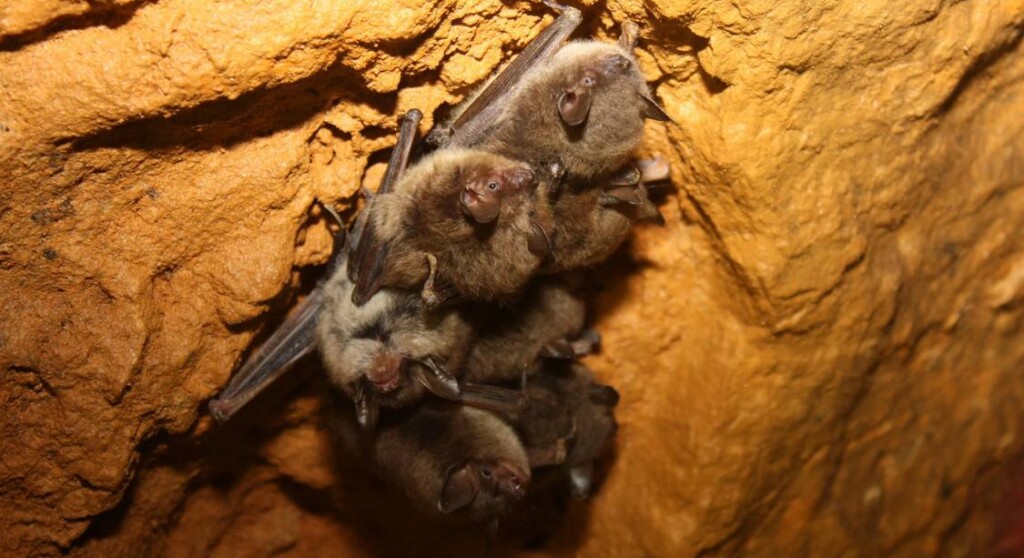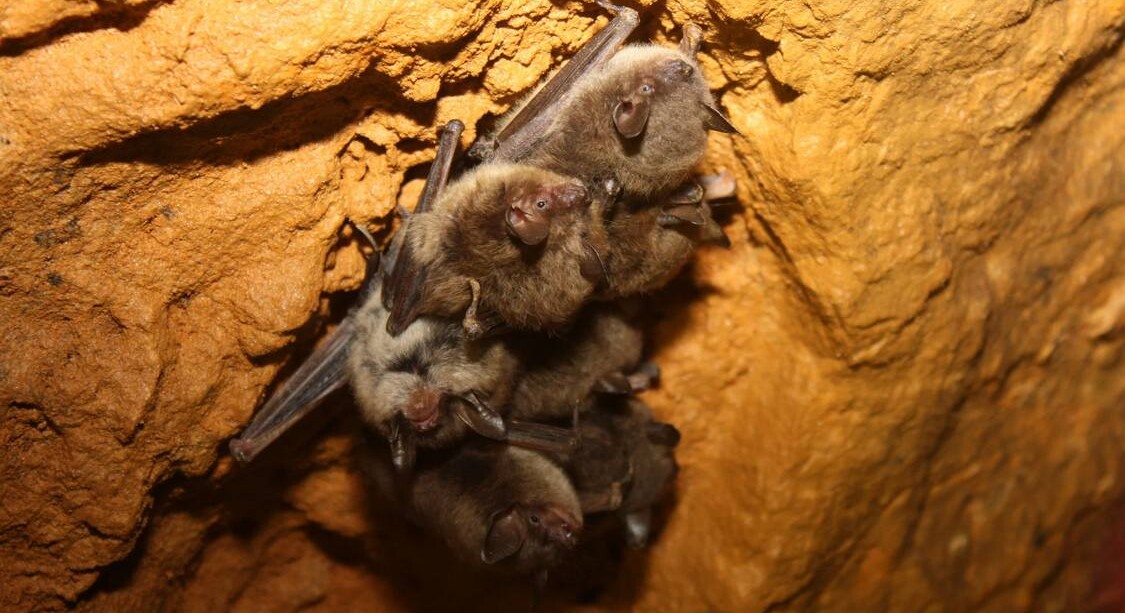
In a positive development for a maligned animal, cave-roosting bat populations in Wisconsin are recovering from a fungal epidemic.
Wildlife authorities are reporting that for the third year in a row, the state’s bat populations seem to be rising.
Numbers of little brown bats, big brown bats, tricolored bats, and northern long-eared bats are estimated via citizen scientist-led surveys, and each year the base estimates collected through sightings are going up.
Introduced to these shores by what were likely cave explorers from Europe, the humidity-loving fungus Psuedogymnoascus destuctans was having deadly effects on cave bats east of the Rockies.
Bats are important pollinators for many native species, and their hunting of flying insects can only be a good thing as tropical mosquito-born diseases are becoming something of a normalcy in the US.
The four species mentioned above roost and hibernate in caves during the winter. Building up vital reserves of fat, they then enter into a torpor wing fold to wing fold with one another to keep warm in the roughly 50°F of a cave. It’s this proximity that biologists believe is the reason why tree-roosting bats do not seem to suffer from WNS.
Biologists told the Badger Herald that the fungus takes its toll by waking the bats from hibernation. The sudden jolt of metabolic energy needed to leave the state of hibernation not only depletes fat reserves during the winter, but sends them into a state of confusion during which they take wing and leave the cave only to freeze to death.
A story from Wisconsin Today in 2024 reports, however, that in the state’s two largest roosting sites, the number of bats had gone up in 2023 and in 2024.
Jennifer Redell, a conservation biologist studying Wisconsin’s bats, said in the report that “bats in Wisconsin that are surviving with White Nose Syndrome are doing things to reduce the amount of fungus on their body.”
Two months ago, the Wisconsin Department of Natural Resources conducted the annual bat survey, and sightings topped 25,000 individuals, a growth of more than a thousand since the previous year’s count.
Despite often being pictured in swarms, bats are actually slow to reproduce, and colonies of these social, winged mammals can take decades to replenish after depopulation events like WNS.
THE UNLOVEABLES: Bats Fly Again Under the Bridge Where Rescuers Found 1,500 of Them Freezing on the Ground
They’re also often maligned as vectors of rabies and other diseases, but as the great American bat conservationist Merlin Tuttle said on the Joe Rogan Experience podcast, “the average number of human fatalities from bats is near 1 per year in the US, and far more people get rabies from dogs in this country—where our spouses kill us off by the thousands.”
These creatures are vital to not just the health of their natural ecosystems, but our artificial ones as well.
OTHER WILDLIFE RECOVERIES: This Little Marsupial Was Almost Extinct But Recovered Totally During Australian Mega Drought
An unnerving study published in Science and found by the Badger Herald demonstrated that counties that had bat die-offs had an increase in insecticide use by farmers. This increased insecticide use was then linked to an 8% increase in infant mortality.
Think of that the next time you become concerned about bats in your attic.
SHARE This Bright News For Bats In The Midwest With Your Friends…


Leave a Reply